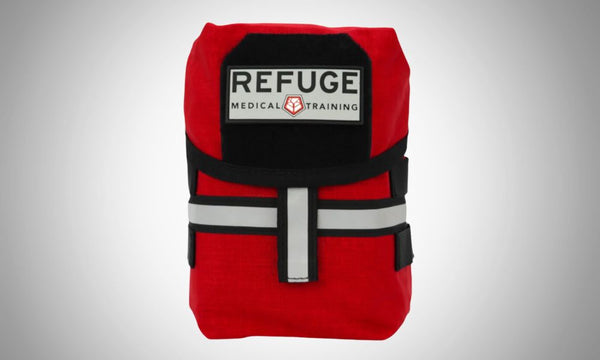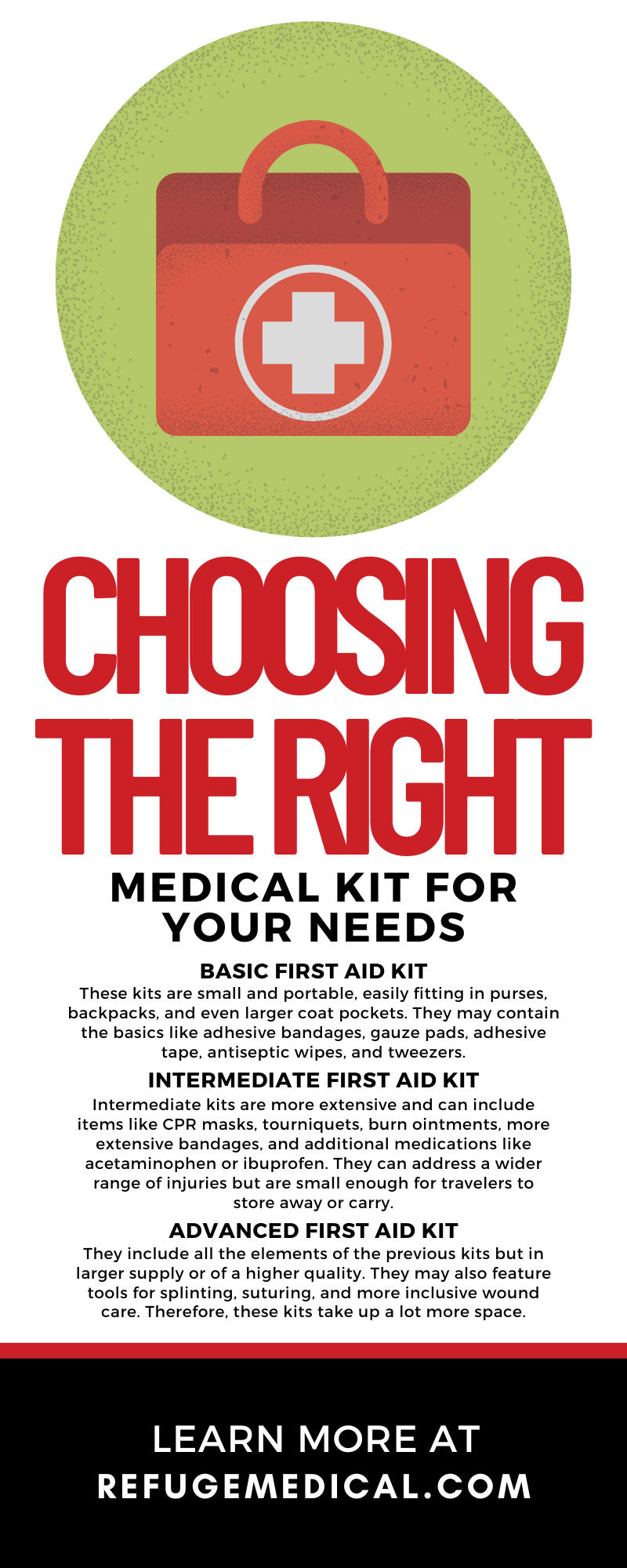
Choosing the Right Medical Kit for Your Needs
Emergencies don’t wait for us to be ready for them. Often, they strike with little warning, leaving us scrambling to find the resources we need to handle the situation. That’s where first aid kits come in. They’re not just a box full of band-aids and antiseptic wipes; they’re a beacon of hope and a promise of readiness.
But in the vast marketplace teeming with an array of options, how do you decide which one is right for you? This comprehensive guide on choosing the right medical kit for your needs is just what you need to make an informed decision, whether you’re a weekend warrior scaling mountains or a parent taxiing kids between soccer practices.
Knowing Your Sphere of Need
Each environment presents a unique set of risks and potential emergencies. The first step in your first aid kit odyssey is to pinpoint where your potential emergency locales are. Once you do that, determining what you need from your kits will become much easier.
Home Sweet Home
At home, most first aid needs, such as a cut from a kitchen knife, a burn from the oven, or a trip-and-fall, are usually on the minor side. Here, a basic first aid kit is usually sufficient. It doesn’t need to be too elaborate; you just need enough to treat the typical “ouch” moments. It should be easy to place in a convenient, easily accessible location known to all family members. This convenience ensures that even the kids or the grandparents can handle minor incidents with ease.
Out and About
Outdoor settings, such as camping, hiking, or a day in the park, present higher risks for injuries. So, having a more extensive kit is crucial. Environmental conditions can amplify the severity of a situation, and professional help may not be readily available. An intermediate first aid kit should cater to these needs. It must be able to withstand rough handling and provide more comprehensive care options for a wider range of injuries.
On the Go
A first aid kit in your car should consider mobility and deployment ease. Wounds on the road are common—from the fallout of a car accident to a basic roadside injury—and may require immediate care. We recommend a well-stocked kit that goes a bit beyond the basics since it can provide aid for personal use and, potentially, for others involved.
Workplace Woes
There’s a legal and moral obligation to ensure a safe environment for all employees in the workplace. OSHA, along with numerous other health and safety regulatory bodies, requires that employers take adequate steps to provide emergency care depending on the industry and level of risk. These regulatory bodies typically recommend a more advanced first aid kit that covers a broad range of potential hazards and risks for most workspaces.
Sizing Up Your Options
Now that you better understand how your environment and the scope of your activities should determine the size of your first aid kit, it’s time to look at the main types available. Smaller personal kits are great for one-on-one excursions, where space is a premium. Larger, multi-person kits are ideal for groups and family travel, where the potential for more frequent injuries or more severe incidents is greater. However, there’s a bit more to them than their size alone.
Basic First Aid Kit
These kits are small and portable, easily fitting in purses, backpacks, and even larger coat pockets. They may contain the basics like adhesive bandages, gauze pads, adhesive tape, antiseptic wipes, and tweezers. They sometimes have some extra room to add some additional items, but there’s not usually a ton of space in these.
Intermediate First Aid Kit
Intermediate kits are more extensive and can include items like CPR masks, tourniquets, burn ointments, more extensive bandages, and additional medications like acetaminophen or ibuprofen. They can address a wider range of injuries but are small enough for travelers to store away or carry.
Advanced First Aid Kit
Advanced kits are best for environments where the risk of a serious injury is high and medical facilities are not immediately available. They include all the elements of the previous kits but in larger supply or of a higher quality. They may also feature tools for splinting, suturing, and more inclusive wound care. Therefore, these kits take up a lot more space.
Quality and Customization
Within each first aid kit category, there tends to be a bit of variation in what they include. Depending on the kit’s price, the quality and number of items will vary. Fortunately, these variations allow for personal customization. Let’s take a quick look at why quality and customization are so important for these kits.
Quality Assurance
Quality matters when it comes to first aid. While saving money is a concern for many, steering toward trusted brands or kits designed in collaboration with medical professionals ensures your products’ effectiveness in the moment of need. Look for FDA approval or indication that the company assembled their kits according to current good manufacturing practice (CGMP).
Tailoring to Your Needs
A pre-made first aid kit may check all the boxes, but your personal or environmental circumstances might call for tweaks. For example, you probably want to ensure there’s an EpiPen in your kit if you or someone with you has a history of severe allergic reactions. Add additional eye wash or treatment for splinters if you work in a woodworking shop. Customization should be a breeze if there’s enough room in the kit you purchase.
Preparation and Maintenance
Simply purchasing a first aid kit is not the end of the road. Ensuring it’s always ready for action is equally as important. You’ll ensure you’ll be ready for anything by preparing your kit beforehand and properly maintaining it afterward.
Stay Informed and Skilled
Knowing how to use the items in your first aid kit is as important as having them. Regularly refreshing your knowledge of basic first-aid principles and techniques is crucial. Many local organizations offer CPR and First Aid courses, which can be invaluable resources.
Regular Inventory
It’s important to check your kit routinely. Are all the items still functional? Have any expired? Are there enough supplies for the potential number of incidents? This active maintenance means an emergency won’t catch you off guard when you need a specific item.
Where To Find Your Perfect First Aid Kit
Now that you know how to choose the right medical kit for your needs, it’s time to find a company that offers high-quality options. Fortunately, you’re already in the right place. Refuge is a highly-rated medical kit supplier, and we have multiple options for any type of need across the board. Simply take the time to browse our site to find the first aid kit that’s right for you.


